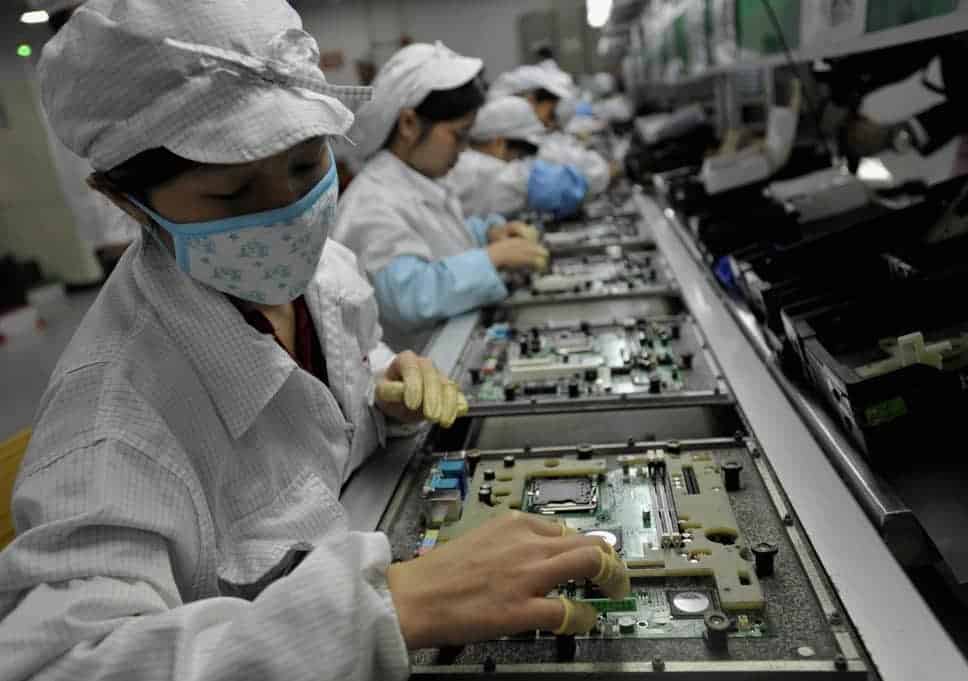Due to a lockdown in Shenzhen, Foxconn is forced to temporarily halt production in the city. From one of its two sites, thousands of iPhones come out daily. The subcontractor, which supplies a good part of the technology industry, has announced that it will reallocate this production to other sites to limit the slowdown. We do not know what concrete impact this cut will have on the iPhone supply. Other Apple products could be affected, the Mac Studio would also come out of a factory in Shenzhen.
China placed the 17.5 million residents of Shenzhen into lockdown for at least a week on Sunday; seeking to halt a growing Covid-19 outbreak. […] All bus and subway systems have been shut, and businesses, except those providing essential services, have been closed.
Extremely strict in terms of health, the Chinese authorities decided on March 13 to confine Shenzhen; where 17 million people live, after the reporting of 66 new cases of Covid-19. In addition to Foxconn, this measure affects multiple subcontractors of Apple and other brands that occupy this technological hub.
Foxconn temporarily pauses iPhone production in Shenzhen

According to TrendForce analysts, in 2021, global smartphone production reached 356 million units, a sequential increase of 9.5% in the fourth quarter of last year due to increased demand during the holiday season. However, fewer smartphones were available in the last quarter of last year; than in the fourth quarters of 2020 and 2019.
New iPhones were the biggest driver of shipment growth in the fourth quarter, with shipments of Apple smartphones reaching 85.5 million in the corresponding period. Since the launch of the iPhone 13 series in September, Apple has aggressively ramped up shipments in response to strong demand, traditionally holding the top spot in global smartphone sales by the end of the year. Compared to the third quarter, the company released 66.0% more smartphones, while the price of the new iPhone 13 was at an acceptable level for many buyers, and the previous generation models were predictably cheaper. In addition, the actual withdrawal from the market of Huawei allowed both Apple and other companies to “profit” from its market share. In total, in 2021, Apple released 233 million iPhones, in 2020 this figure was almost 200 million. For example, the company’s share in China increased from 10% to 16%.
Assuming the global spread of COVID-19 slows down, TrendForce expects smartphone production to increase by 3.6%; to 1.381 billion units in 2022 compared to the previous year. Demand in China will ease slightly, with limited growth in other markets. According to TrendForce, even a decline in global production could happen.





